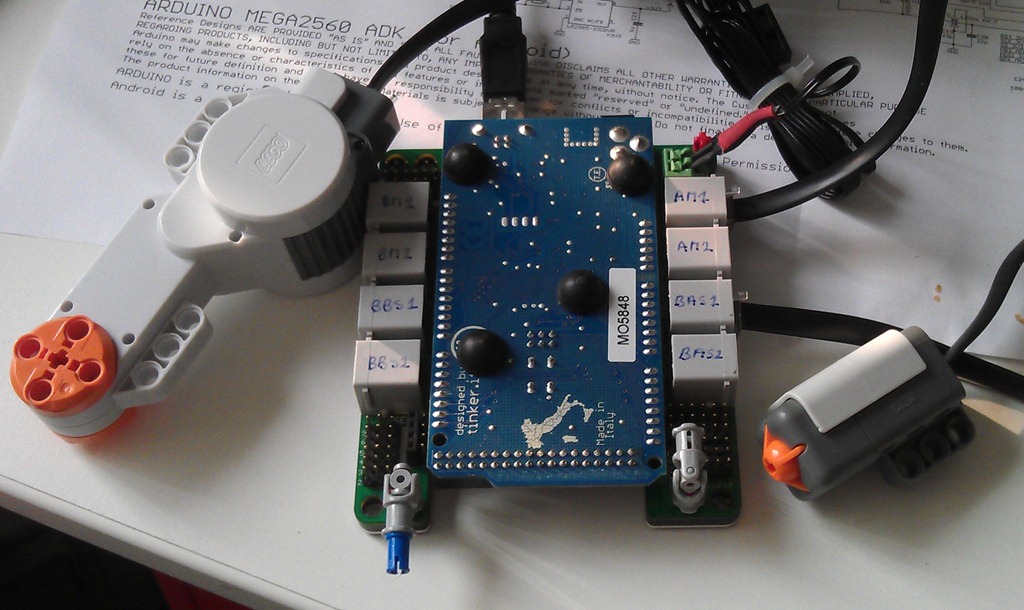

There are two main classes that command the robot: The library exposes the sensors on both boards through a single object. However, it is recommended that novice programmers begin with programming the control board, leaving the motor board for later. It is possible to program both the Control and the Motor boards.

Their functionality has been replicated inside the robot's library to optimize the code's size. It also relies on a number of Arduino libraries like TFT, SPI, and Wire. It relies on a number of 3rd party libraries including Fat16, EasyTransfer, Squawk, and IRRemote. This library enables easy access to the functionality of the Arduino Robot. read the state of the 5 floor sensors (also known as line detection sensors)įor more information about the Robot, visit the getting started guide and the hardware page.The library also enables you to do a number of things with the motor board : The library allows you to interface with the various sensors and peripherals on the control board : Each board has a separate programmable processor. The robot has two boards, a motor board and control board. The library is designed to easily access the robot's functionality. The Robot has a number of built in sensors and actuators. The Robot library is included with Arduino IDE 1.0.5 and later. Furthermore, the Robot Library now exists as three separate libraries: Robot_Control, Robot_Motor and RobotIRremote. It can be still be downloaded and used, but is read-only and cannot be contributed to. This library is archived and is no longer being maintained.


 0 kommentar(er)
0 kommentar(er)
